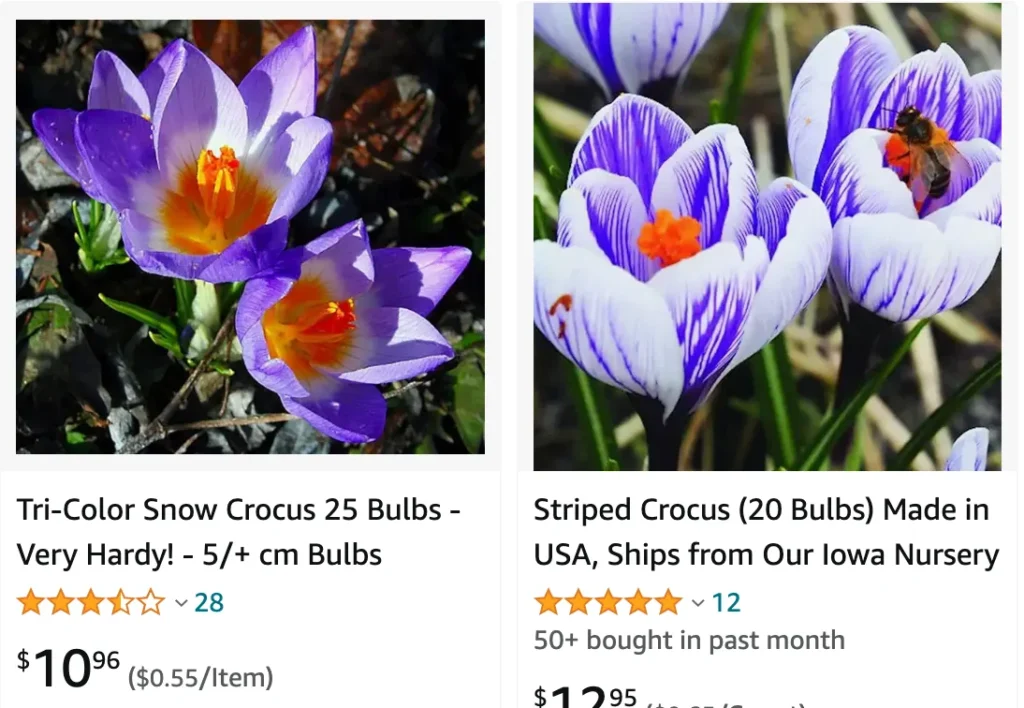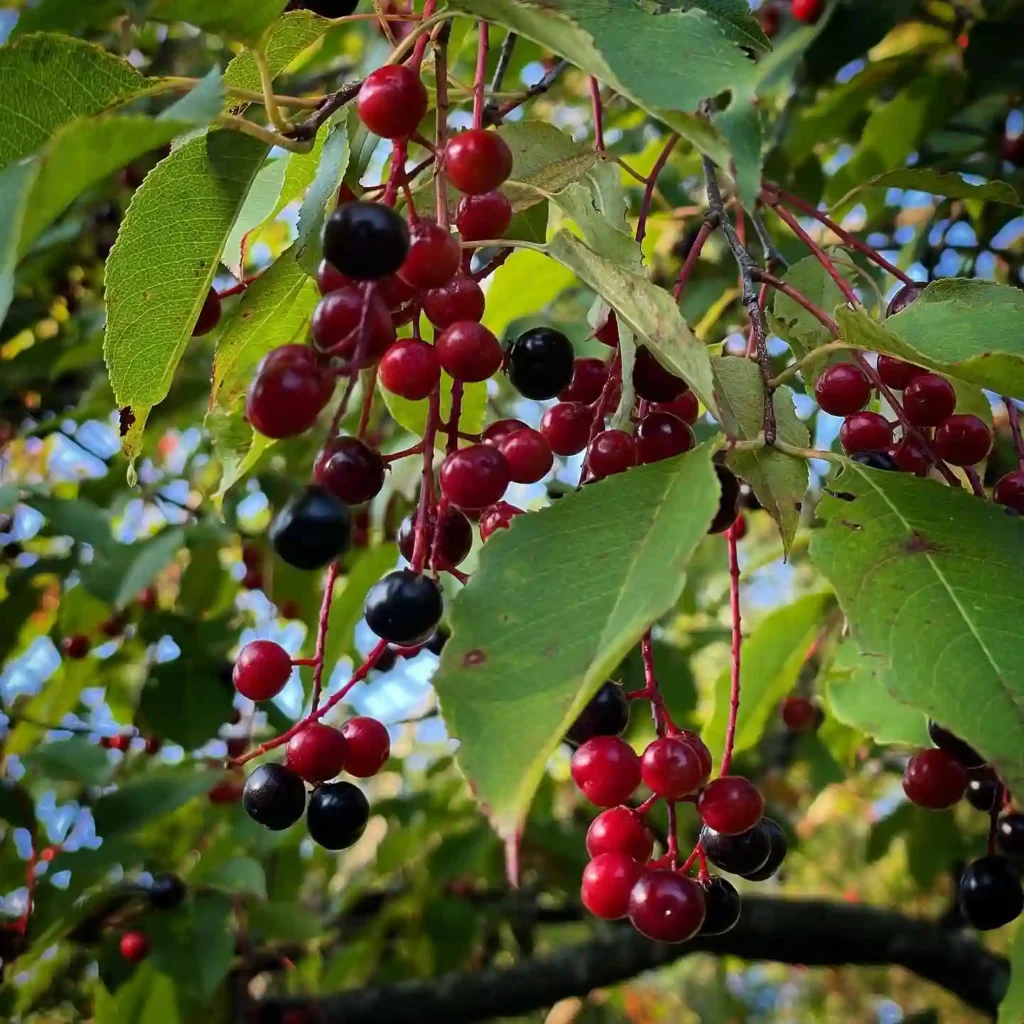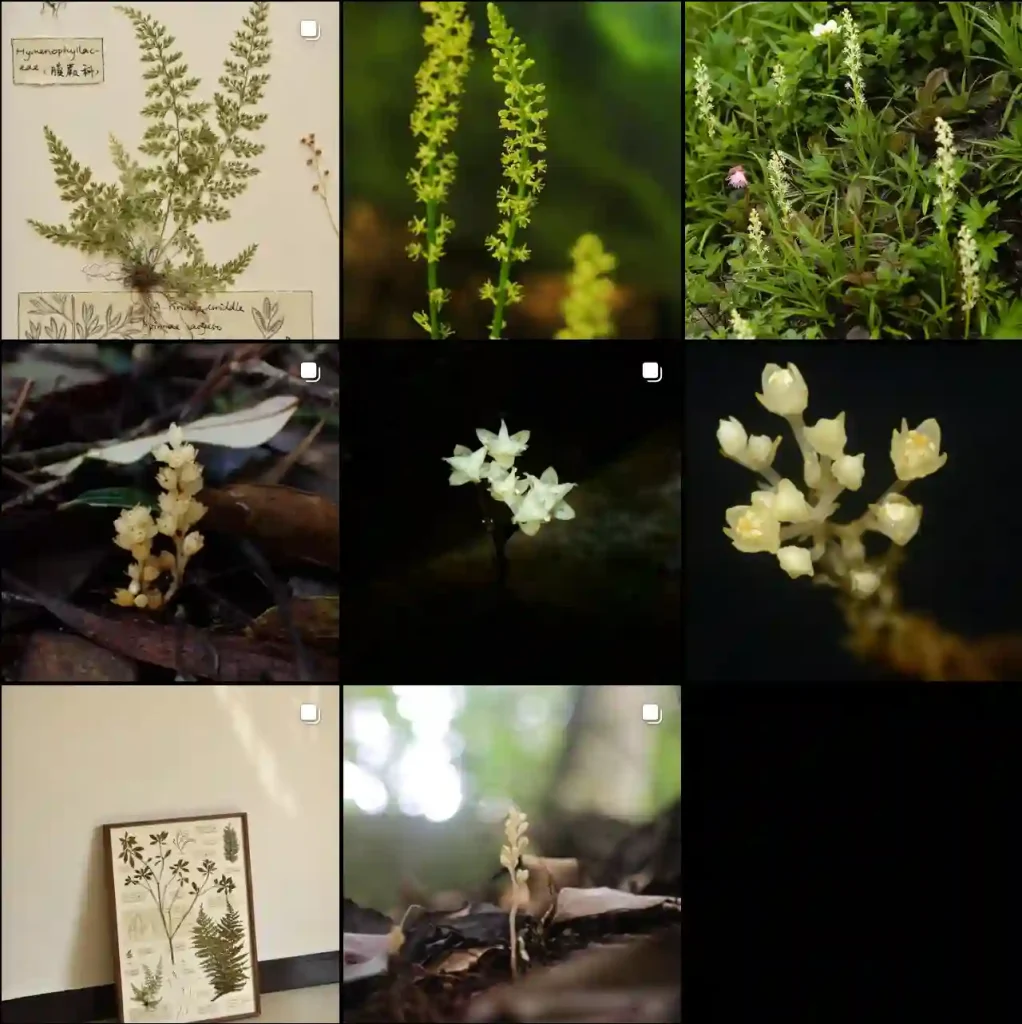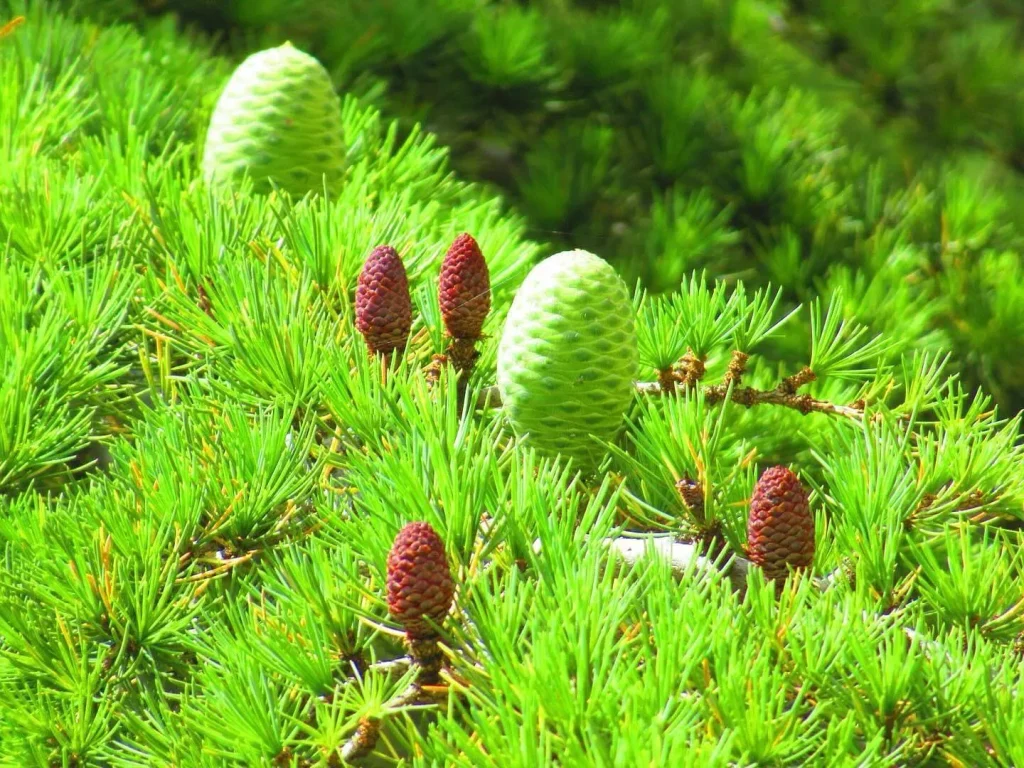
The Enduring Charm of the Snow Crocus: A Gardener’s Guide
As a gardener, I’ve always been drawn to plants that defy expectations. The Snow Crocus, with its vibrant blooms pushing through the remnants of winter, is one such flower. It’s a testament to nature’s resilience and a beacon of hope in the early days of spring. Over the years, I’ve learned a lot about cultivating these cheerful little flowers, and I’m excited to share my experience with you.
252 Species in Genus Crocus
When to Plant Snow Crocus Bulbs?
The key to a successful Snow Crocus display lies in planting at the right time. Unlike many spring bulbs, Snow Crocuses prefer to be planted in the fall, ideally 6-8 weeks before the ground freezes. This allows the bulbs to develop a good root system before winter sets in. Aim for planting sometime between late September and mid-November.
Where to Buy Snow Crocus Bulbs?
Finding Snow Crocus bulbs shouldn’t be too difficult. Many local nurseries and garden centers stock them in the fall. You can also look for reputable online retailers specializing in flower bulbs. When choosing bulbs, select firm and healthy ones, free from any blemishes or soft spots.
How to Plant Snow Crocus Bulbs?
Planting Snow Crocus bulbs is a breeze. Here’s what you’ll need:
- Snow Crocus bulbs
- A trowel
- Compost or aged manure (optional)
Steps:
- Choose a location: Snow Crocuses thrive in full sun to partial shade. They prefer well-drained soil, so avoid planting them in areas that tend to get waterlogged.
- Dig planting holes: For a naturalized look, scatter the bulbs randomly across your chosen planting area. Each hole should be about 2-3 inches deep and spaced 2-3 inches apart.
- Amend the soil (optional): If your soil is heavy clay, consider mixing in some compost or aged manure to improve drainage.
- Plant the bulbs: Place each bulb pointy side up in its respective hole.
- Cover the bulbs: Fill the holes with soil and water gently to settle the soil around the bulbs.
Bonus Tip: Planting Snow Crocus bulbs in clusters will create a more impactful display of color come spring.
When Do Snow Crocus Bloom?
One of the most delightful things about Snow Crocuses is their early blooming time. True to their name, they often emerge through patches of melting snow in late winter or very early spring. You can expect them to bloom sometime between February and March, depending on the weather conditions.
Do Snow Crocuses Need a Cold Spell to Bloom?
Snow Crocuses are what are known as “spring ephemerals.” These are plants that have adapted to colder climates. They require a period of cold temperatures (vernalization) to trigger flower bud development. The exact length of the cold spell can vary depending on the specific Snow Crocus variety, but generally, a few weeks of temperatures below 50°F (10°C) is sufficient.
No Worries: The cool winter nights naturally provide the necessary cold period for Snow Crocuses to bloom successfully.
Are Snow Crocus Deer Resistant?
This is good news for gardeners! Snow Crocuses are generally considered deer resistant. Deer tend to find the bulbs unpalatable due to the presence of a bitter-tasting compound called glycosides.
What Eats Snow Crocus Bulbs?
While deer might not be a concern, there are a few other critters that might fancy a Snow Crocus bulb snack. These include rodents like voles and squirrels.
Protecting Your Bulbs: Planting Snow Crocus bulbs in wire mesh baskets can deter these hungry creatures.
How to Care for Snow Crocus
Snow Crocuses are relatively low-maintenance once established. Here are some basic care tips:
- Watering: Water regularly during the growing season, especially during dry spells. However, avoid overwatering, as this can lead to bulb rot.
- Fertilizing: Feeding is not essential, but a light application of a balanced fertilizer in early spring before flowering can provide a boost.
- Deadheading: Once the blooms have faded, remove the spent flower heads to prevent seed formation and encourage more blooms next year.
- Foliage: Leave the foliage to die back naturally. This allows the plant to replenish its energy stores for the following season.
What to Plant With Snow Crocuses
Snow Crocuses look stunning when planted in swathes, creating a vibrant carpet of color. They also pair well with other early spring bloomers like:
- Daffodils
- Grape Hyacinths
- Siberian Squill
- Pansies
Additional Tips for Success with Snow Crocuses
- Naturalizing Snow Crocuses: If you want a more naturalized look, simply allow the Snow Crocuses to self-seed. Once established, they will readily spread and create a charming display year after year.
- Dividing Snow Crocuses: Over time, Snow Crocus clumps can become overcrowded. Dividing them every 3-4 years will help maintain their flowering vigor. The best time to do this is after the foliage has died back in late spring or early summer.
- Potential Challenges: While Snow Crocuses are generally problem-free, they can be susceptible to fungal diseases in poorly drained soil. Ensure good drainage and avoid overwatering to minimize this risk.
The Joy of Snow Crocuses
With their cheerful blooms and resilience, Snow Crocuses are a welcome addition to any garden. They offer a vibrant burst of color early in the season, reminding us that spring is just around the corner. So, plant some Snow Crocus bulbs this fall and enjoy the delightful surprise of these little harbingers of spring!
If i die, water my plants!



